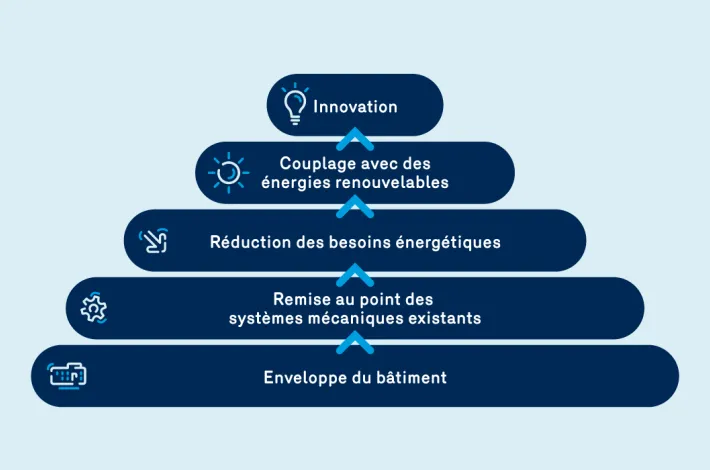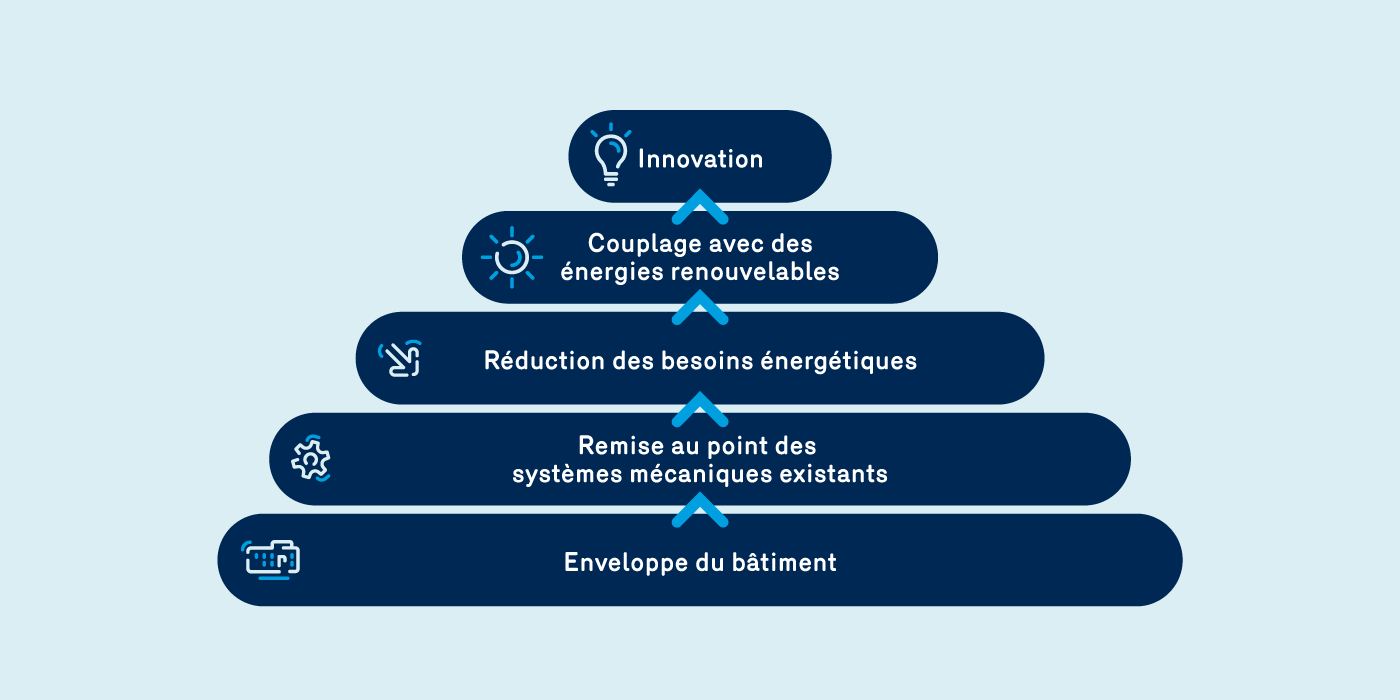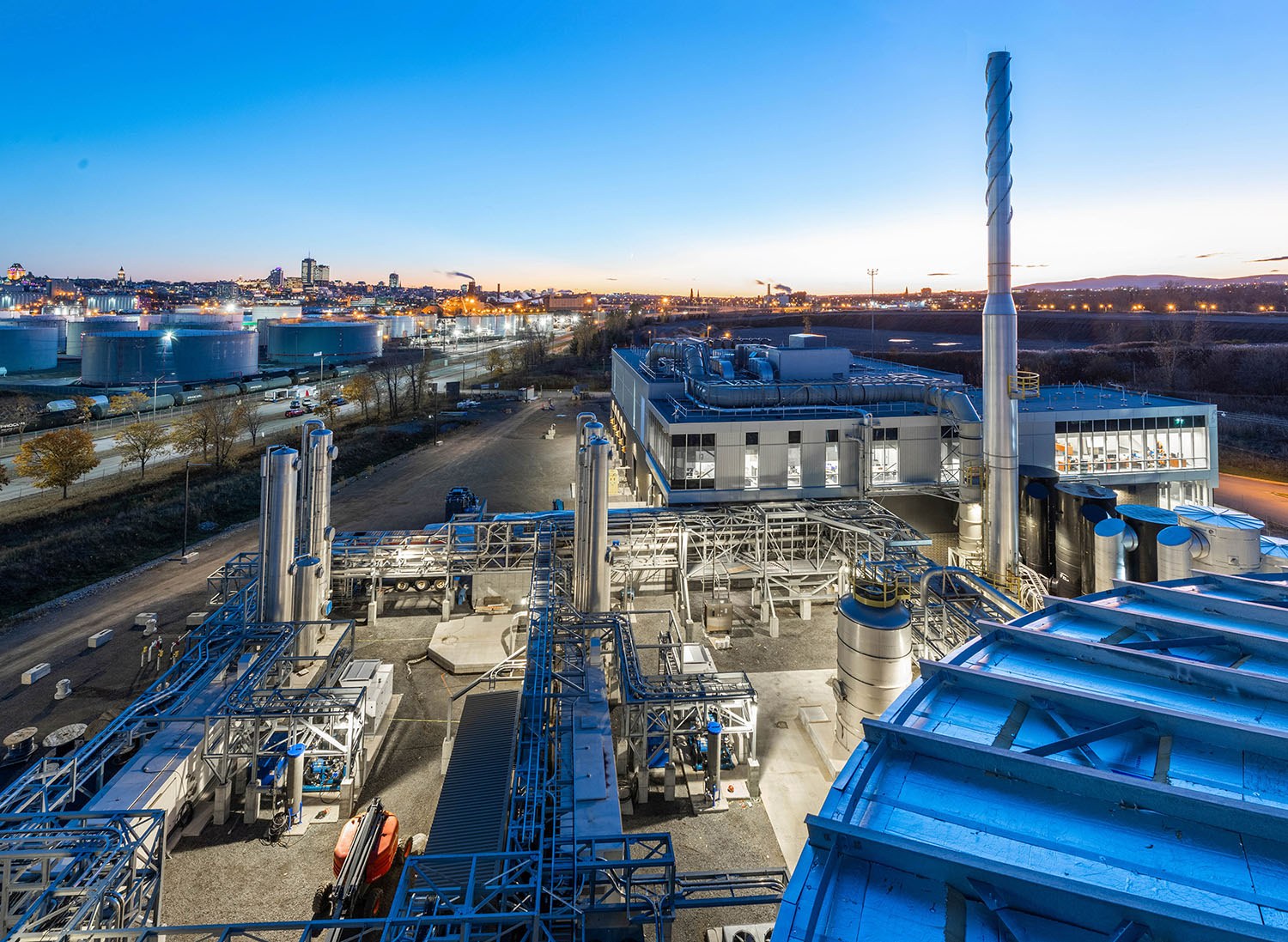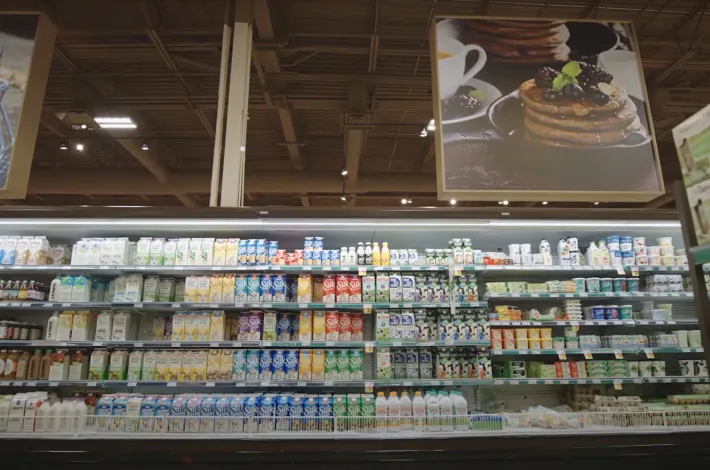
Running blue to run green

Natural gas as engine fuel
The idea is gaining ground in the Québec transportation industry, since it means cutting fuel costs and reducing greenhouse gas emissions (GHG). Many carriers have successfully adopted the idea, giving full meaning to the expression “step on the gas!”
In Québec, more than 700 vehicles run on liquefied natural gas (LNG) or compressed natural gas (CNG) for companies like C.A.T., Gaudreau Environnement, EBI, Groupe Robert, Express Mondor and Provigo.
These visionaries for natural gas transport quickly discovered the benefits of LNG as engine fuel. Not only is it more economical than diesel, it also generates up to 25% fewer GHG emissions and almost no atmospheric pollutants. On top of this, the motors are odourless; they are cleaner and quieter; and they produce fewer vibrations, much to the delight of drivers.
More stations to go “gas up”
Until recently, the only roadblock to adopting natural gas was the issue of refuelling. That’s why, in 2011, Énergir created the Blue Road, a network of public stations placed strategically on the road corridors used most frequently by trucks. The number of stations is expected to grow, especially under the initiative of the Québec government. In its energy policy, it has planned to establish multi-fuel stations by 2030.
Much is at stake for the environment. Road transportation represents 41% of the province’s GHGs. Heavy trucks and buses alone emit nearly one third (27.3%) of them.
While electricity is gaining popularity in the auto sector, its technology has not yet been adapted to heavy vehicles. That’s why natural gas has become the cleanest solution for this means of transportation. Natural gas comes in two forms, depending on the needs: liquefied (LNG) or compressed (CNG).
A technology that makes sense
LNG is a natural gas that has been cooled to -160°C so it occupies 600 times less space. Stored in the cryogenic tanks of trucks, it returns to its gaseous state when injected into the engine. Its lower volume allows for large amounts to be stored, which makes it the ideal solution for long journeys and heavy loads.
In Québec, LNG is produced by Énergir’s liquefaction, storage and regasification (LSR) plant in Montréal. Tanker trucks then transport it to various refuelling stations. Since the supply of LNG is independent from the gas network, this gas has also become a solution in the maritime and railway sectors, as well as in areas not currently served by the gas network.
On the other hand, compressed natural gas (CNG) is taken from the gas network and can be stored at 300 times atmospheric pressure in refuelling stations. These can be built directly into the carrier’s parking area (private stations) or be made available to a number of companies that pay per use (public stations).
CNG is ideal for short-range transportation vehicles that return daily to their departure point. This applies to waste collection or recycling trucks, delivery vans, intercity buses, all types of municipal vehicles, and even ice resurfacers.
Whichever solution you choose, natural gas is well on its way to fuelling the future of transportation in Québec.
You may also like...

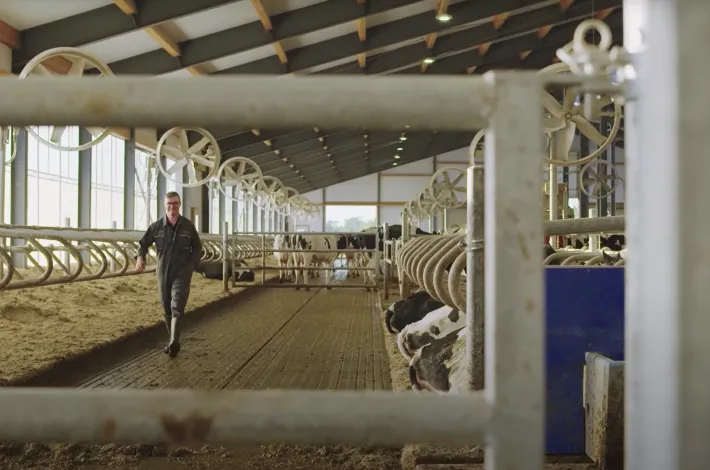
Energy, Sustainable development
Coop Agri-Énergie Warwick, a model of environmentally responsible agriculture